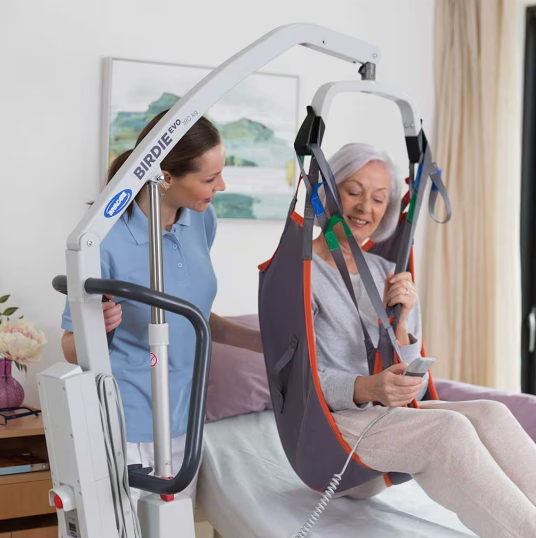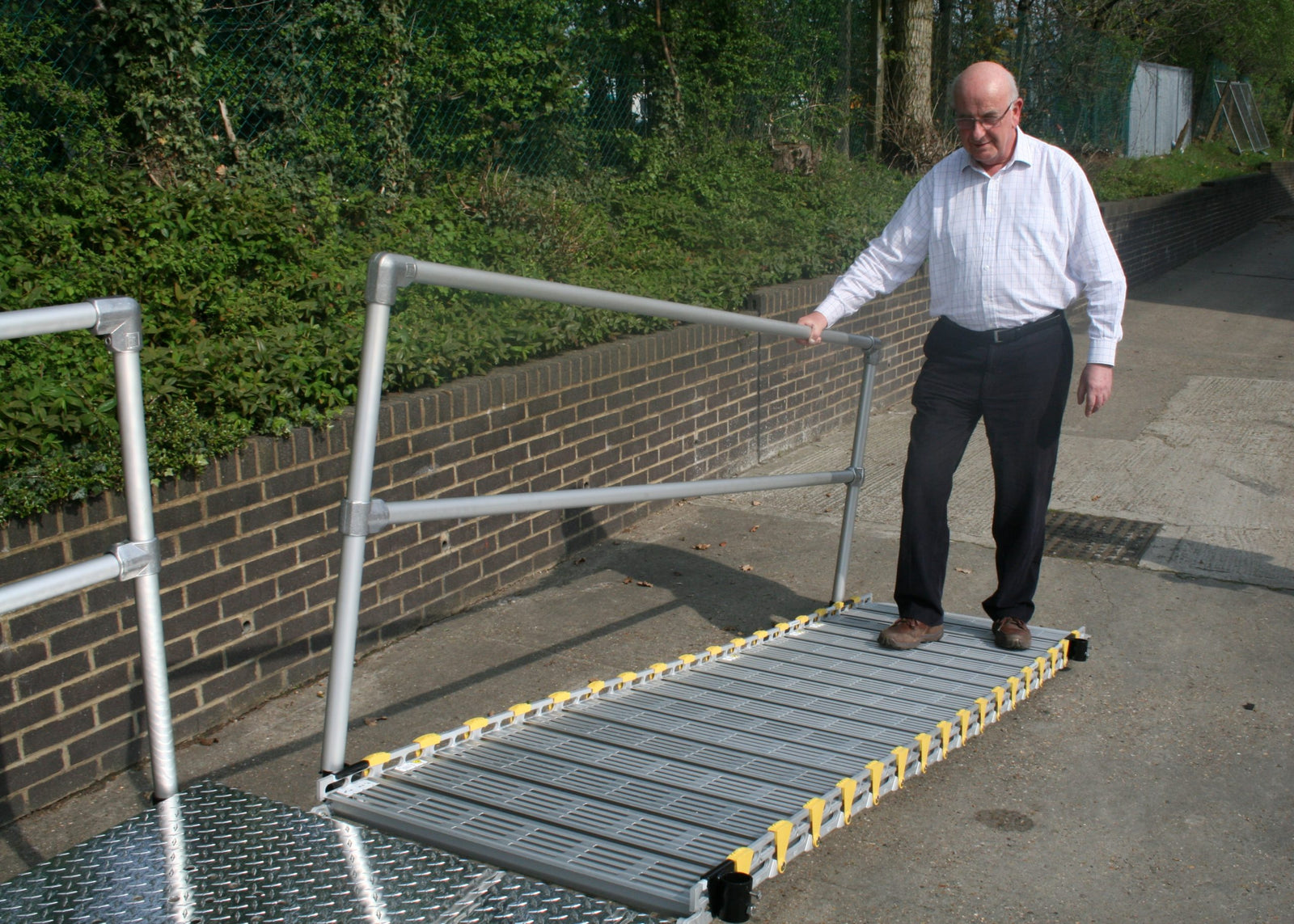Your Cart is Empty
Free shipping | Bulk Order Discounts | Best price guaranteed
Menu
-
- Home
- Shop By Category
- Moving + Handling
- Bathroom
-
Mobility Scooters
- Pavement Mobility Scooters
- Folding Mobility Scooters
- Lightweight Mobility Scooters
- 4mph Mobility Scooters
- 6-8mph Mobility Scooters
- Travel Mobility Scooters
- Lithium Mobility Scooters
- Car Boot Scooters
- Enclosed Mobility Scooters
- All Terrain Scooters
- 2 Person Scooters
- Mobility Scooter Storage
- Mobility Lifts and Hoists
- Mobility Scooter Canopies
- Seating
- Wheelchairs
- Rollators
- Beds + Mattresses
- Medical Equipment
- Powerchairs
- Health + Safety
- Help Centre
- Returns
- Price Guarantee
- Contact Us
-
- Speak With An Expert: 020 3576 3028
- Login

Free shipping | Bulk Order Discounts | Best price guaranteed
Add description, images, menus and links to your mega menu
A column with no settings can be used as a spacer
Link to your collections, sales and even external links
Add up to five columns
Add description, images, menus and links to your mega menu
A column with no settings can be used as a spacer
Link to your collections, sales and even external links
Add up to five columns

Are Portable Hoists Safe? A Comprehensive Safety Guide
October 17, 2024 6 min read
Portable hoists are a vital tool in healthcare and home settings, allowing individuals with limited mobility to be moved safely and effectively. Yes, portable patient hoist are generally safe when used correctly, but it’s crucial to understand their features and the best practices for their use. By exploring both their benefits and potential challenges, you can make informed decisions about incorporating them into daily care routines.

When considering a portable patient hoist, it is important to assess the specific needs of the person being moved and the environment where it will be used. Most portable hoists require some manual operation, which might necessitate assistance from a caregiver for individuals with limited strength. Additionally, you may encounter stability concerns, especially in uneven environments, but consistent safety checks and the right equipment can mitigate these risks. Checking that brakes are off and ensuring that floor surfaces are safe can prevent discomfort and accidents.
These devices offer significant help in promoting mobility and independence, providing relief to caregivers while maintaining the dignity and comfort of the user. Portable hoists can improve the quality of life by making transfers smoother and more secure. Understanding their functionality can reduce the burden on caregivers, aiding you in creating a safer and more comfortable environment for all.
Key Takeaways
- Portable hoists are safe with proper use and precautions.
- Careful assessment of user needs and environment is crucial.
- They enhance mobility, making caregiving easier and safer.
Suggestions for Portable Hoists
1. Wellell Multy Active Hybrid Stand Aid + Hoist
When selecting a portable hoist, consider its versatility. The Wellell Multy Active Hybrid Stand Aid + Hoist offers both standing aid and hoist functions, providing flexibility for various patient needs. This type of hybrid hoist can be ideal for those who require assistance with gentle transitions and personalised handling.

2. Hillrom Viking M Mobile Hoist
Weight capacity is another important factor. The Hillrom Viking M Mobile Hoistboasts a capacity of 205 kg, making it suitable for heavier patients. Consider features such as adjustable heights and wireless control to enhance user experience and safety.
3. Invacare Birdie Evo Compact Mobile Hoist
The Invacare Birdie Evo Compact Mobile Hoist is designed for space efficiency and is particularly useful in domestic settings. Its compact design helps in manoeuvring through tight spaces while ensuring safe patient handling. Look for features that assist in fall prevention.

4. Alerta Powerlifter Maxi 175 Legspread
Easy operation is crucial for caregivers. The Alerta Powerlifter Maxi 175 Legspread offers dual operation, allowing use from both the handset and control box. This model has an emergency stop button and an audible alarm for battery levels, ensuring both convenience and safety.

5. Harvest Healthcare Olympic 180 Hoist
For high-capacity lifting, the Harvest Healthcare Olympic 180 Hoistcould be a suitable solution. Equipped with Linak® technology, it can also include optional scales, providing additional support for monitoring patient weight and comfort.
Choose a hoist that aligns with the patient's needs and the environment in which it will be used. Consider the features that best support both safety and ease of use.
Safety and Efficacy of Portable Hoists
Portable patient hoist are vital tools in healthcare settings, aiding in the safer transfer of individuals with mobility issues. Understanding their functionality, key safety features, and best practices is essential for ensuring both the user's and operator's safety.

Understanding Portable Hoists
Portable hoists, also known as mobile patient hoist, are designed to assist with lifting and transferring people safely. These devices are often used when ceiling hoists or a track system is not available. They provide flexibility as they can be moved easily from one location to another.
When choosing a portable hoist, consider the weight capacity and the type of sling required. Hoist slings come in various designs to accommodate different needs, so selecting the correct one is crucial for safe transfers. The ease of manual handling and operation should also be evaluated to ensure that caregivers can operate the hoist efficiently.
Key Safety Features and Considerations
Safety is paramount when using portable hoists. Look for features such as stable base, locking wheels, and emergency stop functions. These enhance stability and control during use. A reliable weight capacity limit is essential to prevent overloading, which can compromise safety.
Consider the design of the hoist slings and attachments. Slings must be compatible with the hoist to avoid accidents, as incompatible components can lead to unsecured fits and increased risk. Portable hoists should have battery indicators if they are electric, ensuring the device operates reliably during transfers.
Best Practices for Safe Operation
To operate a portable hoist safely, always perform pre-use checks. Ensure all parts, including slings and hooks, are functioning properly. Follow the manufacturer’s instructions for setup and maintenance. Training is vital for caregivers to handle these devices correctly.
Avoid rushing transfers. Take time to ensure the hoist sling is securely fitted and that the person being lifted feels comfortable and safe. Continuous monitoring during lifts helps anticipate and rectify any potential issues.
Regular maintenance of the hoist is critical. Inspect mechanical parts regularly to prevent wear and tear. Address any safety concerns promptly to maintain the hoist’s efficacy and ensure secure, efficient handling of individuals in your care.
Impact on Care and Mobility

Portable hoists play a crucial role in improving mobility and independence for patients with limited mobility. They also offer significant advantages for caregivers and can be tailored to various care settings. Choosing the right hoist is vital for maximising these benefits.
Enhancing Patient Independence and Quality of Life
A portable hoist can significantly enhance the quality of life for individuals with mobility challenges. By providing greater independence, a hoist allows patients to participate more actively in daily activities. This can lead to improved mental well-being as individuals gain more control over their personal care routines.
For many, the ability to move with less assistance helps maintain dignity and self-worth. In both home settings and nursing homes, a hoist can facilitate smoother transfers, thus enhancing mobility. This can reduce the patient's reliance on caregivers, boosting their sense of autonomy.
Caregiver Benefits and Care Setting Applications
For caregivers, portable hoists are invaluable tools that can ease the physical demands of patient transfers. This is particularly key in reducing the risk of injury from manual lifting. Caregivers can use these devices confidently knowing that they can safely assist patients, thereby fostering a safer work environment.
Portable hoists prove helpful in different care environments, such as at home, in hospitals, or nursing homes. Occupational therapists often incorporate hoists into patient care plans as part of a comprehensive strategy for addressing mobility challenges. By reducing the physical burden on caregivers, these devices allow for better focus on delivering quality patient care.
Choosing the Right Portable Hoist
Selecting the right hoist requires careful consideration of several factors. One must assess the patient's specific needs, such as the degree of support required and the typical care setting. It’s essential to evaluate different types of hoists, like mobile or overhead models, and determine which fits best in the given environment.
Understanding the features of each hoist, such as sling types and weight capacity, is crucial. Engaging with experts, like occupational therapists, can guide you in making an informed decision. Choosing a suitable hoist not only ensures safety and comfort for the patient but also supports effective caregiving and enhances mobility solutions.
Frequently Asked Questions

Portable hoists can greatly aid in the safe movement of individuals, but there are important considerations regarding their use, maintenance, and the environment in which they operate.
Can portable hoists be used by one person?
A single person can typically operate a portable hoist if they have adequate training. The user must be familiar with safety guidelines to handle the equipment properly. It's important to ensure that all safety checks are carried out before use to prevent any accidents.
How should a portable hoist be properly maintained to ensure the safety?
Regular maintenance is crucial for safe operation. This includes inspecting the hoist's components such as the brakes and ensuring they are functional. For instance, safety guidelines suggest that the brakes should remain off when the hoist is in use to avoid pulling the user towards the hoist.
What potential hazards should be assessed before using a portable hoist in a home setting?
Before using a portable hoist at home, assess the space for any tripping hazards and ensure sufficient room for the hoist's operation. Consider whether the flooring is even and free from obstructions. Additionally, verify that the equipment is appropriate for the user’s specific needs to improve safety.
Also in Blog

What Does Moving and Handling Training Involve? Key Components
January 06, 2025 4 min read
Read MoreSubscribe
Sign up to get the latest on sales, new releases and more …

